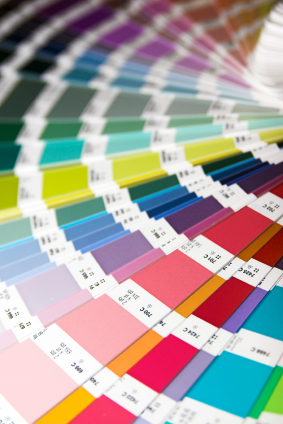Sourec : http://www.articleonlinedirectory.com/757661/printing-trends-in-producing-your-own-marketing-brochures.html
Businesses want to always offer the best to their customers, whether it is products, services, or marketing materials. This is their only way to get loyal patrons who will be willing to invest their hard-earned money on the business. Some will try to be as creative as they can be just to capture peoples attention while others will offer extremely low prices. Creativity or low prices, gaining peoples interest and loyalty will basically depend much on how you market your business. People will often base their decisions on how effective you are in convincing them to invest their money on you.

This will require you to establish a tight marketing program that will let you get in touch with your target customers successfully. With todays technology, it should be easy for you to produce marketing materials that will suit your business. But sometimes, you dont have to look any further in order to find the perfect material to invest in. Some of the proven and tested old marketing materials are still effective today as they were in the past. Take the brochures as an example.
Businesses want to always offer the best to their customers, whether it is products, services, or marketing materials. This is their only way to get loyal patrons who will be willing to invest their hard-earned money on the business. Some will try to be as creative as they can be just to capture peoples attention while others will offer extremely low prices. Creativity or low prices, gaining peoples interest and loyalty will basically depend much on how you market your business. People will often base their decisions on how effective you are in convincing them to invest their money on you.
This will require you to establish a tight marketing program that will let you get in touch with your target customers successfully. With todays technology, it should be easy for you to produce marketing materials that will suit your business. But sometimes, you dont have to look any further in order to find the perfect material to invest in. Some of the proven and tested old marketing materials are still effective today as they were in the past. Take the brochures as an example.






